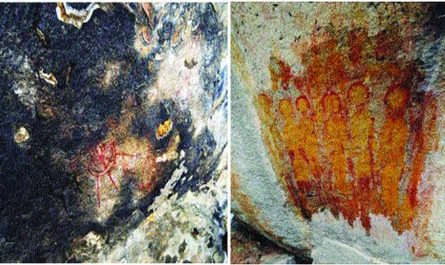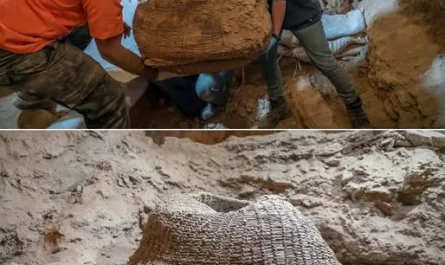Dive into the legend of the 1876 Thessaloniki centaur skeleton, a supposed half-human, half-horse discovery. Learn why it’s likely a myth and uncover the origins of centaur tales in Greek lore.
A Tale as Old as Time
Imagine stumbling upon a skeleton that’s half-human, half-horse, buried beneath the ancient soils of Greece. The very idea conjures images of centaurs—those wild, mythical creatures of Greek lore, galloping through the tales of Hercules and the Argonauts.
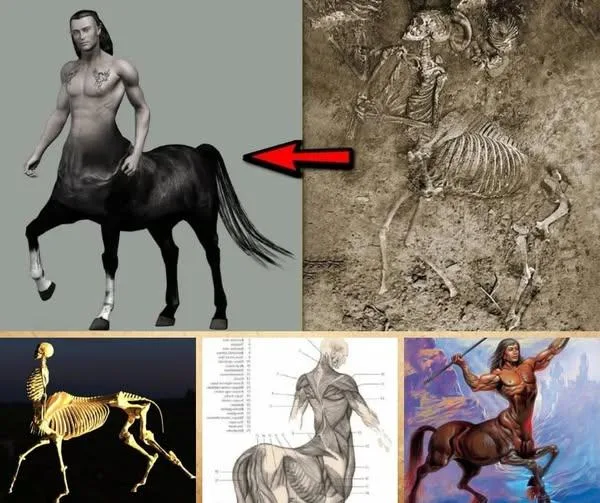
In 1876, near Thessaloniki, a discovery was reportedly made that sent ripples through the world of archaeology and mythology: a skeleton that seemed to blend man and beast. But is there truth to this fantastical find, or is it just another chapter in humanity’s love affair with legend? Let’s dive into the mystery and separate fact from fiction.
The Centaur in Greek Mythology
Centaurs, with their human torsos atop powerful equine bodies, are among the most iconic creatures in Greek mythology. Born from tales of the rugged Thessaly region, they symbolized the duality of civilization and savagery. Figures like Chiron, the wise mentor to heroes, contrasted with the rowdy, wine-loving centaurs who clashed with the Lapiths in epic battles immortalized in ancient art.
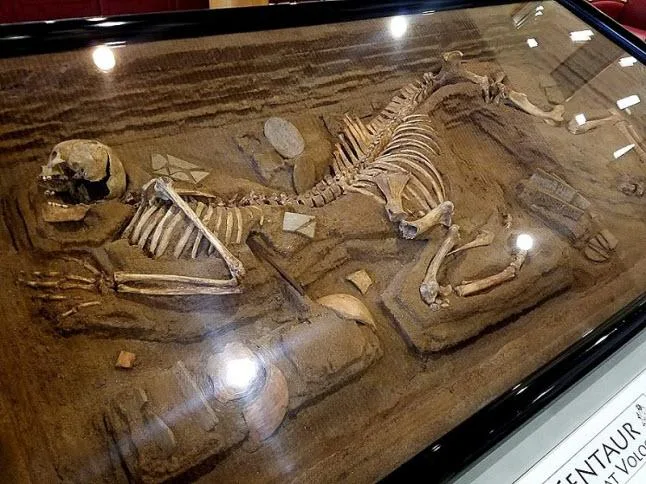
These stories, etched into pottery and temple friezes, reflect a culture grappling with the balance between intellect and instinct.
The idea of a real centaur skeleton feels like a bridge between myth and reality. Could such a creature have existed? The 1876 Thessaloniki discovery, often cited in fringe circles, claims to offer proof—a skeleton unearthed with human and horse bones fused in a way that defies nature. But before we get carried away by the romance of it all, let’s examine the evidence.
The Thessaloniki “Discovery”
The story goes that in 1876, near Thessaloniki, a bizarre skeleton was uncovered, sparking whispers of a real-life centaur. Thessaloniki, a city steeped in history, lies close to Thessaly, the mythical homeland of centaurs, making the claim tantalizingly plausible.
However, the details are murky at best. No peer-reviewed studies, archaeological records, or credible documentation from the period substantiate the find. Museums don’t display this skeleton, and no photographs from the time exist in reputable archives.
What we do know about Greek archaeology paints a different picture. Real discoveries, like the horse burials in the Faliro necropolis near Athens, dating to the 8th century B.C., reveal the cultural significance of horses in ancient Greece. These skeletons, meticulously studied, show no hybrid traits—just well-preserved equine remains.
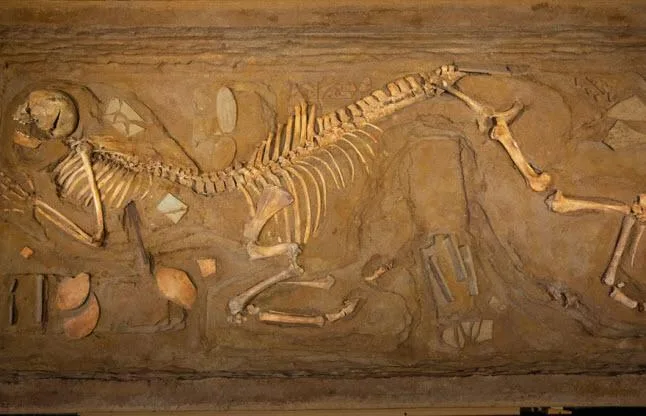
The Thessaloniki centaur claim, by contrast, smells more like a 19th-century sensationalist tale, possibly born from a misidentified fossil or an outright hoax.
The Hoax Factor
History is littered with fabricated finds designed to captivate. In the modern era, doctored images of giant or hybrid skeletons—often tied to biblical Nephilim or mythical creatures—have been debunked as products of Photoshop contests or creative stunts. One famous example is the centaur skeleton displayed at the University of Tennessee’s John C. Hodges Library, crafted by artist Bill Willers in 1980. Far from a fossil, it was an art installation meant to spark critical thinking, not confirm myths.
The 1876 Thessaloniki story likely falls into a similar category. Without physical evidence, scientific analysis, or corroboration from archaeologists, it’s safest to assume it’s a product of overactive imaginations or deliberate deception. But why do such stories persist?
The Origins of the Centaur Myth
To understand the allure of a centaur skeleton, we need to look at the myth’s roots. One compelling theory suggests centaurs were inspired by early encounters between non-riding cultures, like the Minoans, and nomadic horse riders. To people unfamiliar with cavalry, a warrior on horseback might have looked like a single, hybrid creature. This idea is echoed in historical accounts, like Bernal Díaz del Castillo’s description of Aztecs mistaking Spanish conquistadors on horses for unified beings.
This theory doesn’t require a literal centaur—just a cultural misunderstanding. The skeleton story, then, could be an attempt to retroactively “prove” the myth, blending ancient awe with modern curiosity.
Why We Want to Believe
The idea of a centaur skeleton taps into something deep within us: the desire to blur the line between myth and reality. Greece, with its rich tapestry of gods, heroes, and monsters, is the perfect backdrop for such a story. The Thessaloniki claim, though dubious, reflects our fascination with uncovering proof of the fantastical. It’s why we pore over ancient texts, dig through ruins, and share viral posts about “unearthed mysteries.”
But the real magic lies in what these myths teach us. Centaurs, with their blend of human and animal, mirror our own struggles with duality—reason versus instinct, order versus chaos. Whether or not a centaur skeleton ever existed, the stories we tell about them reveal truths about ourselves.
The Verdict
The half-human, half-horse skeleton of Thessaloniki is almost certainly a myth, unsupported by science or history. While it’s a captivating tale, it belongs in the realm of folklore, not fact.
True archaeological wonders, like the horse burials of Faliro or the artifacts of Mycenae, offer plenty of marvels without needing to invent hybrids. The centaur lives on in art, literature, and our imaginations—where it arguably belongs.
So, next time you hear of a fantastical find, take a moment to question it. The truth may not be as wild as a centaur, but it’s often just as fascinating. What do you think—could there be more to this story, or is it just another legend waiting to be debunked? Share your thoughts in the comments below!
Want to explore more myths and mysteries? Subscribe to my blog for weekly dives into the strange and wonderful!
